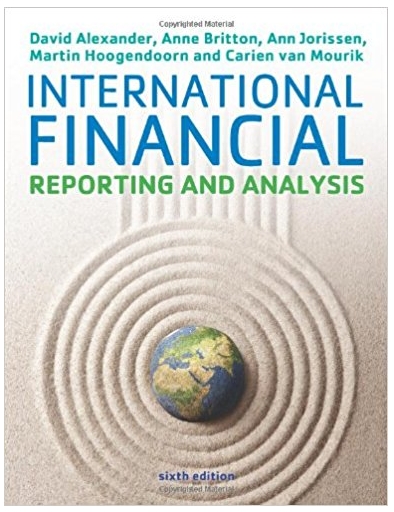You are the Management Accountant of Drax. The entity prepares financial statements to 31 March each year.
Question:
Drax has recently appointed a new non-executive director who seeks your advice regarding the financial statements for the year ended 31 March 2003. Extracts from these financial statements (excluding the comparative figures) are given below. The financial statements comply with relevant Accounting Standards in all material respects.
-1.png)
NOTES TO THE FINANCIAL STATEMENTS:
Note 1
During the year Drax disposed of a subsidiary. The loss on disposal shown in the income statement consists of two elements:
Disposal proceeds less related net assets less related goodwill ...... $45 million loss
Gain on curtailment of retirement benefits relating to disposal......$15 million profit.
Note 2
At the start of the period, Drax had 120 million $1 equity shares in issue. Drax had no nonequity shares. On 1 July 2002, Drax made a rights issue to existing shareholders of one share for every four held at $2 per share. The market value of each share immediately before the rights issue was $2.50.
Note 3
Defined benefit pension plan
-2.png)
The new non-executive director has sent you a list of questions to which he required answers:
(a) Please show how the earnings per share figure has been computed.
(b) I am a non-executive director for another entity operating in the same industry as Drax with roughly the same revenue and with very similar unit costs of raw materials. The nominal value of the shares of this other entity is $1 yet its earnings per share is quite different from that of Drax. How can this be?
(c) I am very suspicious about some of the figures in the statement of changes in equity and in the pension plan liability. It would seem to me that exchange losses on loans and actuarial losses relating to the pension plan should be in the income statement. Are the executive directors trying to maximize the earnings per share for their own ends?
(d) I don't understand how the 'gain on curtailment of retirement benefits' is a gain that goes to the income statement. Shouldn't it be treated in the same way as the actuarial losses that seem to be included in the balance sheet figure for the pension plan liability?
Required:
Prepare a reply to the questions the non-executive director has raised. You should refer to the provisions of relevant Accounting Standards where appropriate. Assume that the nonexecutive director has a reasonable general knowledge of business but that he is not familiar with the detail of Accounting Standards.
Goodwill is an important concept and terminology in accounting which means good reputation. The word goodwill is used at various places in accounting but it is recognized only at the time of a business combination. There are generally two types of... Financial Statements
Financial statements are the standardized formats to present the financial information related to a business or an organization for its users. Financial statements contain the historical information as well as current period’s financial...
Step by Step Answer:

International Financial Reporting and Analysis
ISBN: 978-1408075012
5th edition
Authors: David Alexander, Anne Britton, Ann Jorissen





